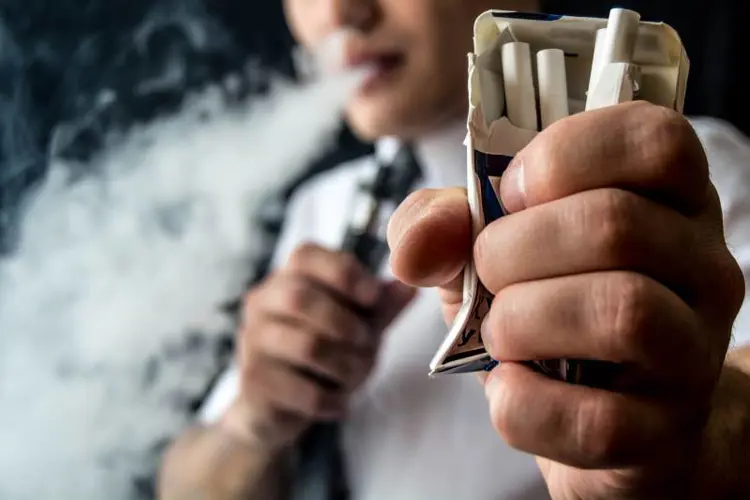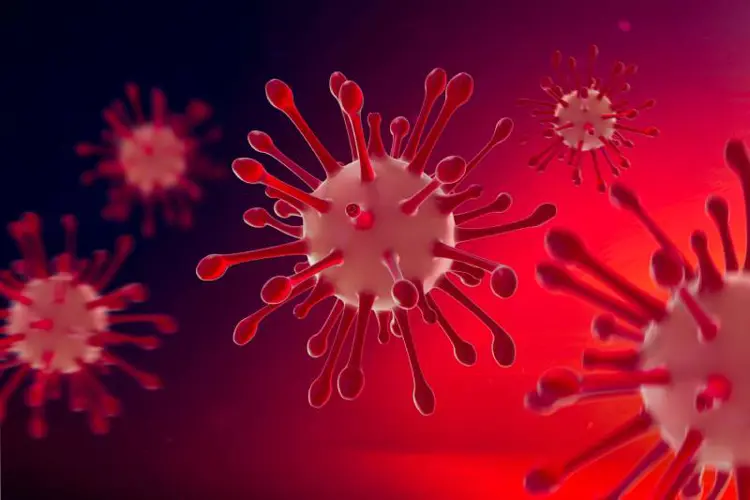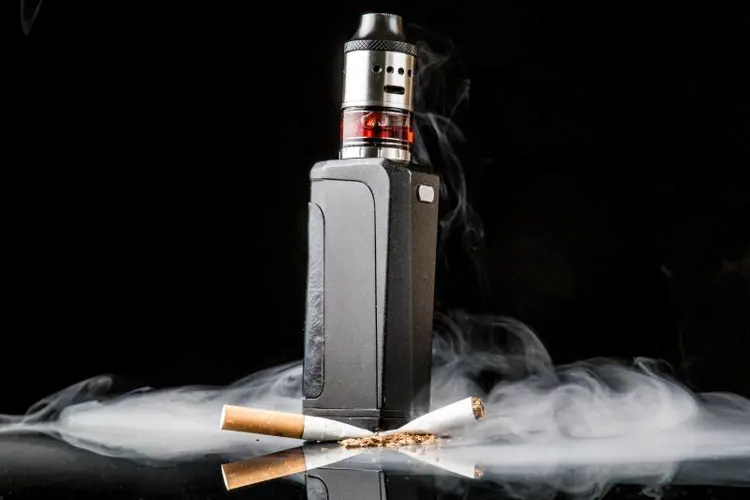A new study has found that vaping at normal power levels poses almost none of the cancer risk of inhaling tobacco smoke. It was published last week in the journal Tobacco Control.
Dr. William Stephens, of the University of St. Andrews in Scotland, measured the cancer potencies of various vapor, heat-not-burn, and tobacco products, using published chemical analyses of emissions. He then devised a method to express the measurements of vapor and smoke in common units. This allowed better comparison of risk.
The last month has brought a lot of good news for American vapers -- perhaps more good news in a short period than ever before.
Although he explains that using vape products at excessively high power (in other words, taking dry hits) produces high levels of aldehydes — which we already knew — when using e-cigarettes properly, the cancer risk of vaping is less than one percent that of smoking. In fact, the danger of cancer from vaping is almost as low or as low as for nicotine replacement therapies (NRT’s), like nicotine gum or patches.
“This study should put to rest any doubt within the tobacco control movement about whether vaping greatly reduces health risk compared to smoking,” writes Dr. Michael Siegel of Boston University. “Numerous anti-tobacco groups and health departments have repeatedly asserted that vaping is no less hazardous than smoking, but this claim is false, and the present study adds significantly to the already substantial evidence that vaping is orders of magnitude safer than smoking.”
Prof. Glantz: who cares about cancer?
Congratulations to University of California-San Francisco professor Stanton Glantz for acknowledging the existence of this extremely encouraging study. Shame on him for deliberately misleading readers of his blog by burying the good news and instead flogging his favorite “alternative facts.”
“This analysis ignores the fact that cancer ‘only’ accounts for about 1/3 of the tobacco-induced deaths,” writes Glantz. “Most are from cardiovascular and metabolic disease and non-cancer pulmonary disease. The evidence to date suggests that e-cigarettes pose substantial risks for these outcomes, particularly because of the ultrafine particles they deliver.
“Any consideration of the risks of e-cigarette use also need to consider population effects, particularly the fact that they expand the nicotine market by attracting kids and depress quitting among adult smokers.”
Ultrafine particles are a cardiovascular risk in smoking, because the particles are solid and made of combustion materials. E-cig vapor particles are liquid, and are absorbed by the tissue in the throat, esophagus, and lungs. There is no evidence liquid particles can lodge in the lungs or arteries and have the same kinds of effects that solid ones do.
But that’s Prof. Glantz’s long-held theory. He’s sticking to it, despite the fact that no other scientist has confirmed this “danger,” and no one else even mentions it, except health departments and politicians that consult with Prof. Glantz and his cronies.
The claim that vaping “depresses quitting among adult smokers” comes from his own 2016 “meta-analysis” of existing vaping/smoking cessation literature. That widely panned (by Ann McNeill and Peter Hajek, Clive Bates, and Carl Phillips, among others) exercise in data torture has already been mostly forgotten.
Dr. Konstantinos Farsalinos has just addressed Glantz’s blog entry. “This unimaginable statement is not only inhumane but it is also totally unscientific and contrary to any available data,” writes the cardiologist. He denounces Glantz’s cavalier dismissal of concerns over smokers reducing cancer risks by vaping, explaing that “More deaths will be prevented through reductions in lung disease and cancers compared to reductions in cardiovascular/metabolic disease.
The Freemax REXA PRO and REXA SMART are highly advanced pod vapes, offering seemingly endless features, beautiful touchscreens, and new DUOMAX pods.
The OXVA XLIM Pro 2 DNA is powered by a custom-made Evolv DNA chipset, offering a Replay function and dry hit protection. Read our review to find out more.
The SKE Bar is a 2 mL replaceable pod vape with a 500 mAh battery, a 1.2-ohm mesh coil, and 35 flavors to choose from in 2% nicotine.
Because of declining cigarette sales, state governments in the U.S. and countries around the world are looking to vapor products as a new source of tax revenue.
The legal age to buy e-cigarettes and other vaping products varies around the world. The United States recently changed the legal minimum sales age to 21.
A list of vaping product flavor bans and online sales bans in the United States, and sales and possession bans in other countries.



















